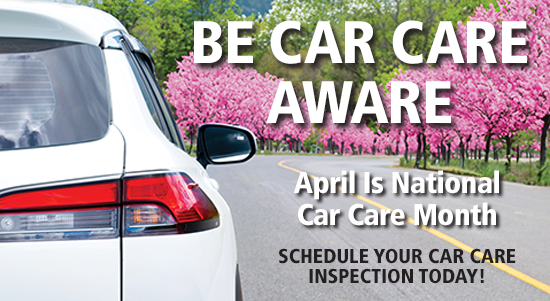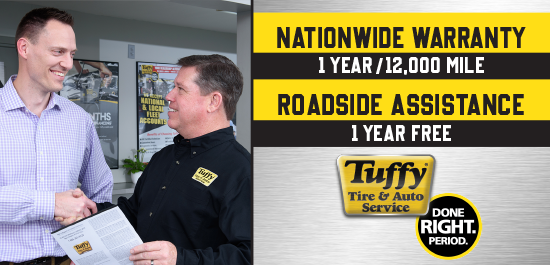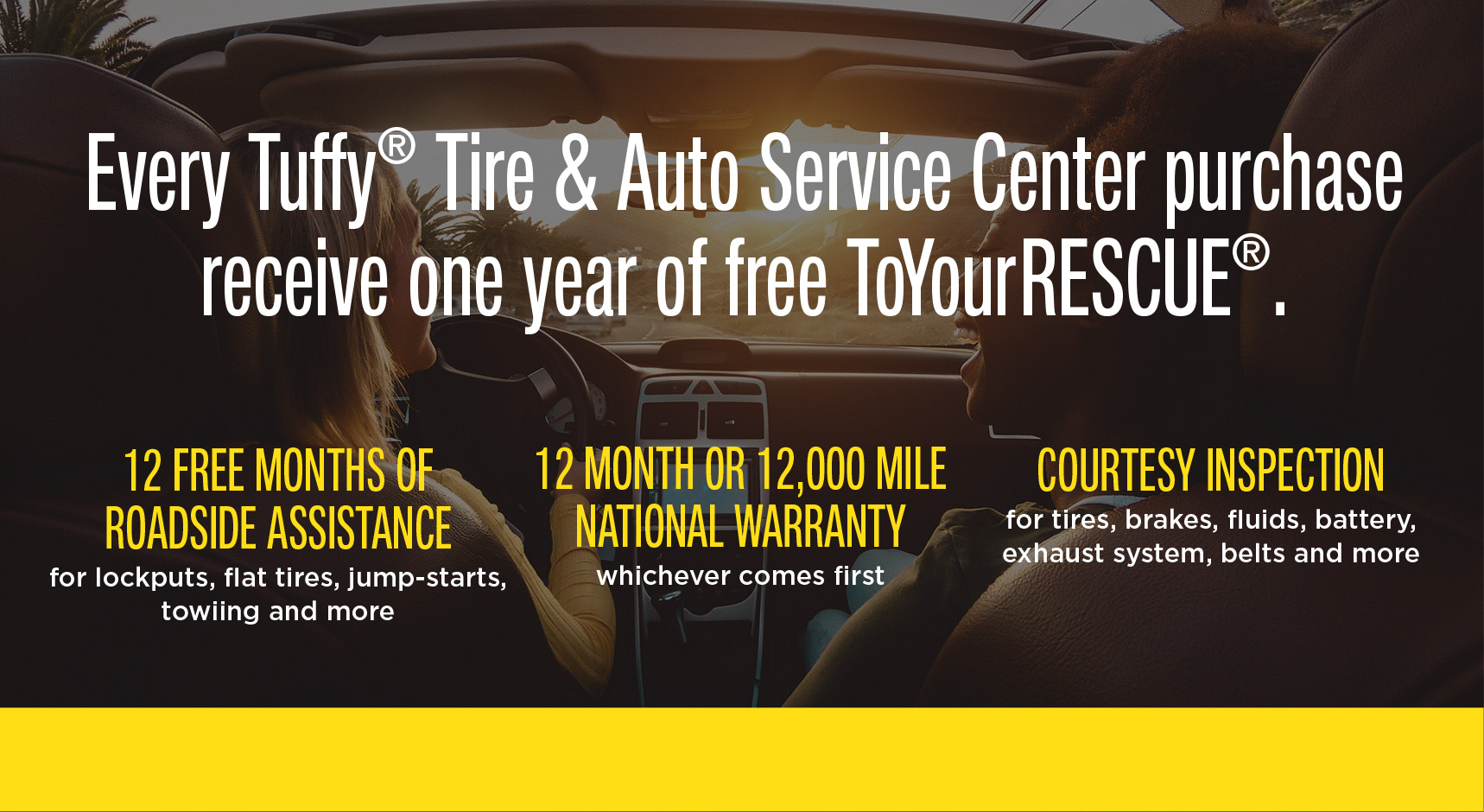| Warm weather, sunshine and lower gas prices may get more motorists on the road this summer. If you’ll be among them, now is a good time to prepare your vehicle -- and especially its tires -- for summer road trips. When was the last time you checked the air pressure in your tires? Most people have never checked it, says Larry Wolf, an automotive technology program instructor at WyoTech in Fremont, Calif. He explains that most drivers are not aware of how often they need to check their tires. "The need for regular oil changes and annual tune-ups is pretty common knowledge. But consumer knowledge about tire safety unfortunately remains low,” Wolf says. The Rubber Manufacturers Association found that 29 million drivers believe that tires require no regular maintenance. Wolf stresses that drivers should check their tire pressure regularly, approximately once a month. "Driving around on under-inflated tires or worn tires can have serious consequences on your ability to control your car, especially in bad weather," he says. Unfortunately, the RMA also found that only 11 percent of drivers correctly check their tire pressure once a month. "Essentially, under-inflated tires concentrate the weight of the car on the tread under the sidewalls, instead of evenly distributing the car's weight throughout the tire," says Wolf. "What that means is that the sidewall is continuously being squished, and becomes very hot, posing additional risks to the car and driver. Eventually, a tire that is significantly under-inflated can blow out from the stress and heat that builds up.” Currently, a tire under-inflated by 30 percent is the government's minimum safety standard. If a tire is under-inflated by more than that percentage, it’s considered unsafe to drive. Over-inflation can be similarly dangerous, according to Steven Fernandez, an automotive technology program instructor at WyoTech. Fernandez cautions that over-inflated tires prevent the car from maximizing tread contact with the road. He suggests that in addition to a monthly check on tire pressure, you also give your tires a monthly “glance over” to look for other telltale signs of damage. Drivers should look for uneven wear patterns and examine tire sidewalls for cuts or bulging. "Uneven wear patterns could mean you are having alignment problems and may need to realign your steering wheel or replace suspension parts," Fernandez says. "Bulging or cuts in sidewalls are also potentially dangerous, as they could lead to a tire blowout." You should check the tread depth of your tires each month. "There are a number of easy ways to check tire tread, including inexpensive gauges or even just a ruler," says Fernandez. The legal limit is set at 2/32 inches, but automobile experts universally agree that driving around on anything less than 3/32 inches is unsafe, especially in rainy conditions. Aquaplaning, or hydroplaning as it is also called, is many drivers' worst nightmare and it is a big concern during summer travel months. It happens when a car’s tires lose contact with the road due to pockets of water. Fernandez explains that the chance of hydroplaning is much more likely when tire tread is low. "Tire treads are grooves in the tire that help to disperse water and increase traction on the road. When they wear down, they aren't able to redirect water nearly as effectively." Too often, when drivers find themselves at the mercy of slippery weather conditions, it's because their tires are not up to par. Summer often means long road trips -- with the whole family, pets and lots of gear loaded into the vehicle. Drivers should always check their tire pressure before long trips with fully loaded vehicles. "A little tire maintenance now can help ensure a safe vacation down the road," says Wolf. |
Tuffy
Menu




